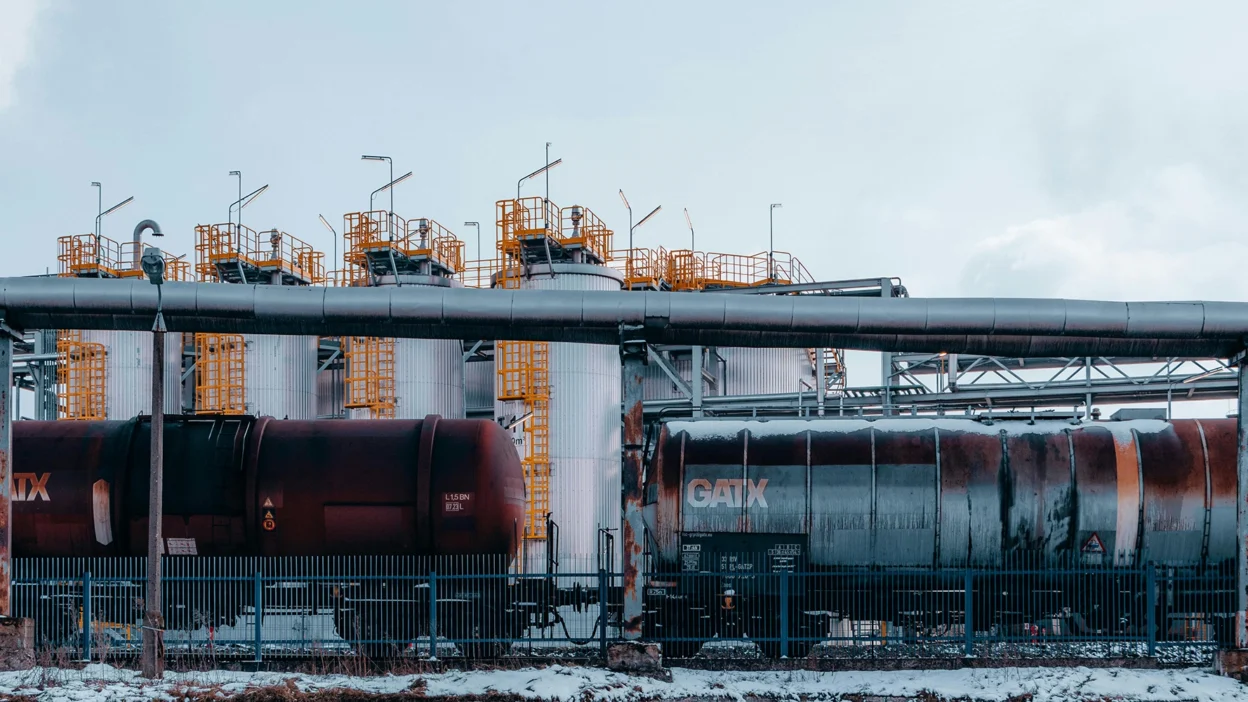The global oil market demonstrated renewed strength today as Oil Prices Edge Higher, primarily driven by a significant reduction in US crude inventories. This upward movement, however, faces moderating factors from recent Federal Reserve policy signals regarding interest rate trajectories through 2025.

Market Fundamentals Show Tightening Supply Conditions
The latest data from the US Energy Information Administration (EIA) reveals a substantial drawdown in crude inventories, marking the fourth consecutive week of declining stockpiles. This persistent reduction in available supplies has created upward pressure on Oil Prices Edge Higher, reflecting robust domestic demand and potentially tighter market conditions ahead.
Industry analysts note that the inventory decline exceeded market expectations, with stockpiles dropping by a notably larger margin than consensus forecasts had predicted. This unexpected development has prompted many market participants to reassess their near-term supply-demand calculations.
Federal Reserve Policy Impact on Energy Markets
While supply fundamentals support Oil Prices Edge Higher, the Federal Reserve’s recent monetary policy guidance has introduced a competing narrative. The central bank’s indication of a more measured approach to interest rate reductions in 2025 has several implications for Oil Prices Edge Higher:
Economic Growth Considerations
The slower pace of anticipated rate cuts could result in more sustained higher borrowing costs, potentially constraining economic growth. This monetary policy stance may influence oil demand through several channels:
- Industrial production levels could face headwinds from elevated financing costs
- Consumer spending patterns might adjust to higher interest rate environments
- Transportation sector fuel consumption could moderate if economic activity slows
Currency Market Dynamics
The Fed’s hawkish stance has strengthened the US dollar, creating additional complexity for oil markets. As crude oil trades predominantly in dollars, a stronger currency typically makes Oil Prices Edge Higher for holders of other currencies, potentially dampening global demand.

Global Demand Outlook Remains Robust
Despite monetary policy headwinds, several factors continue to support strong oil demand:
Emerging Market Growth
Developing economies continue to demonstrate resilient energy consumption patterns, with particularly strong demand growth in:
- Southeast Asian industrial sectors
- Indian transportation and manufacturing segments
- Latin American energy infrastructure development
Aviation Sector Recovery
The global aviation industry maintains its post-pandemic recovery trajectory, driving increased jet fuel demand. Industry data indicates growing flight volumes and capacity utilization across major markets, supporting Oil Prices Edge Higher oil consumption.

Supply-Side Considerations
The market continues to process various supply-side developments that could influence price trajectories:
OPEC+ Production Decisions
The producer group’s ongoing market management efforts remain central to supply dynamics. Recent production discipline among member countries has helped maintain market balance, though questions persist about longer-term adherence to quotas.
Non-OPEC Production Growth
Significant production increases from non-OPEC sources, particularly in the Americas, continue to influence market balances. Notable developments include:
- Sustained growth in US shale output
- Expanding production from Guyana’s offshore fields
- Brazilian pre-salt production advances

Investment Implications
The current market environment presents various considerations for energy sector investors:
Upstream Sector Outlook
Oil producers may benefit from sustained higher prices, though capital discipline remains a key focus. Companies continue to prioritize:
- Return of capital to shareholders
- Balance sheet strength
- Selective growth investments
Downstream Implications
Refining margins face mixed influences from current market conditions, with regional variations in profitability likely to persist based on local demand patterns and capacity utilization rates.

Technical Market Analysis On Oil Prices Edge Higher
Price movements suggest several key technical factors warrant attention:
Support Levels
Current price action has established new support levels, with technical analysts identifying key price points that could influence near-term trading patterns.
Momentum Indicators
Technical momentum measures indicate potential for continued upward movement, though market participants remain alert to potential volatility triggers.
The oil market continues to demonstrate resilience in the face of competing fundamental factors. While falling US inventories provide immediate price support, broader macroeconomic considerations stemming from Federal Reserve policy create a more complex trading environment. Market participants must navigate these various influences while maintaining focus on underlying supply-demand dynamics that ultimately drive price discovery.
Moving forward, careful monitoring of inventory levels, monetary policy developments, and global demand indicators will be crucial for understanding price trajectories. The interaction between these factors will likely continue to create trading opportunities while requiring careful risk management approaches.





